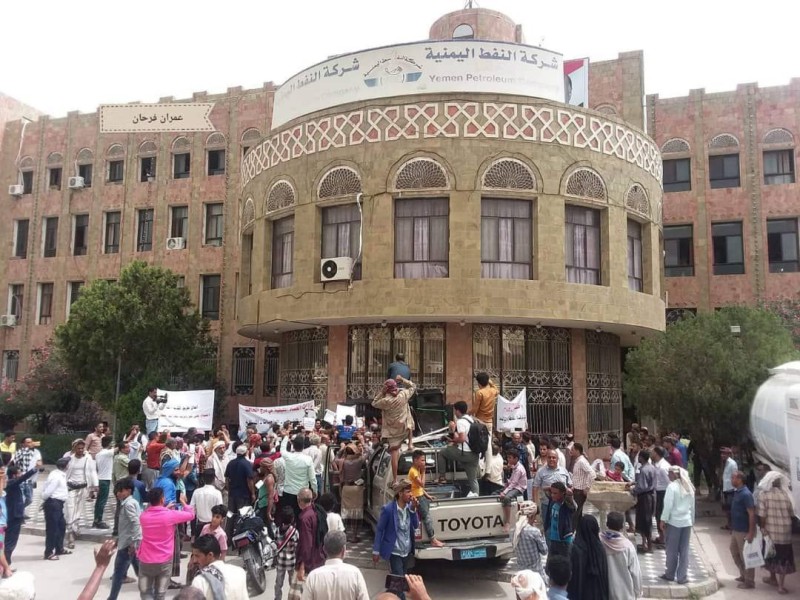Yemen Quarterly Food Security Update, June 2023


Key highlights:
There was an increase in food insecurity in June 2023 compared to the previous two months, a seasonal deterioration post Ramadhan period as the lean season sets in. Food insecurity has, however, reduced in magnitude and severity compared to the same period in 2022 mainly because of the truce and peace dividends.
Despite heavy rainfall and floods during the first rainy season (March-May), agricultural activities benefited from continued rainfall and had sufficient water for irrigation in the main wadies, with most farmers reportedly planted their crops. The rains also improved vegetation conditions and green fodder availability for livestock. The seasonal outlook is positive, expected to be normal and will boost both crop and livestock productivity.
The exchange rate between the YER and the US $ has been relatively stable in SBA areas but volatile and depreciated in GoY areas, the latter linked to reduced government foreign exchange earnings from oil, and high seasonal demand for dollars during Hajj festivities.
Diesel prices have relatively been stable in GoY areas while declined in SBA in recent months, supported partly by declining global crude oil prices. During June 2023, diesel prices decreased by 6 percent on average in SBA while remained unchanged in GoY controlled areas. Fuel prices are, however, slightly more expensive in dollar terms in SBA areas than in GoY areas in recent months because of currency stability in the former.
The average per capita monthly cost of the Minimum Food Basket (MFB) reached YER. 109,123 in GoY areas and 47,680 in SBA areas equivalent to about USD 82.3 and USD 89.7, respectively. This was at the same level in GoY areas while declined by 4 percent in SBA areas month-on-month. The June 2023 prices of the commodities in the MFB (rice, beans, cooking oil and wheat flour) increased by 5 – 26 percent on average in GoY areas reduced by 2-17 percent in SBA areas year on year, the former largely by the depreciation of the YER while the latter is because of price controls.
The food security situation is expected to deteriorate from July through early September in Yemen just before - harvests, in line with seasonality, expected increases in food prices, limited access to income/ reduced purchasing power, impacts of recent floods, reduced humanitarian food assistance, and continued conflict in front-line districts. The lingering impact of the war in Ukraine will likely aggravate the food insecurity situation further in the country because of expected severe wheat flour shortages and sky-rocketing prices of bread in response to reduced imports flows following Russia’s withdrawal from the Black Sea Grain Initiative.

Hodeidah — Two members of the Iranian-backed Houthi militia were killed and five others wounded in a landmine explosion near Hodeidah airport…

Aden —A humanitarian convoy from Jordan, consisting of 13 trucks loaded with relief supplies, has arrived in Yemen to support communities aff…

Taiz — Administrative operations at the Taiz Governorate building have resumed following several days of closure caused by an open sit-in sta…